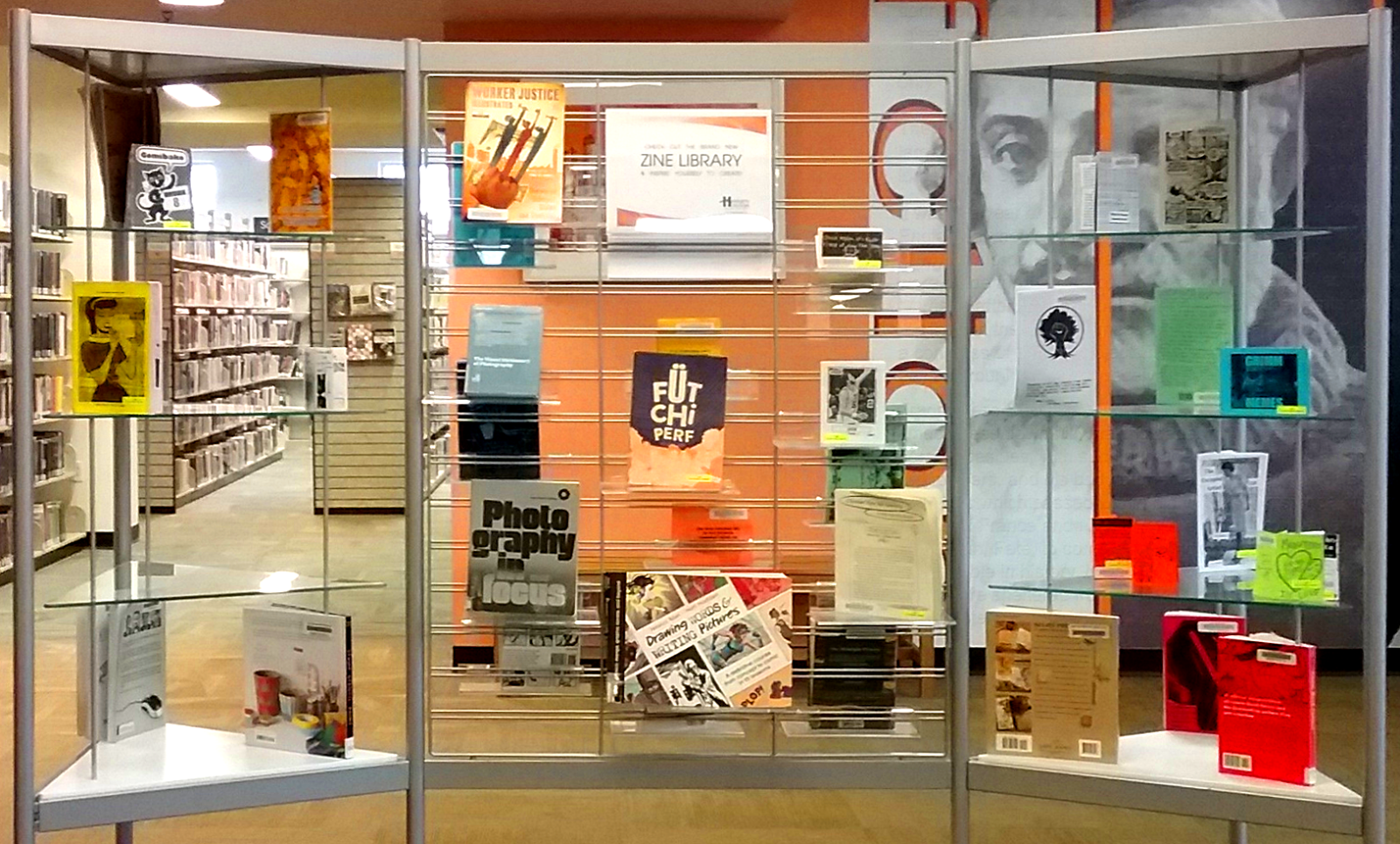Sent to you by Jack via Google Reader:
In part two of our interview with cartoon art historian Craig Yoe. We discuss the roles that Fredrick Wertham, a Brooklyn-based gang of Jewish Nazis, and the Supreme Court judge who helped found the ACLU played in Joe Shuster's post-Superman SM drawings.
[Part One]
Shuster's name was kept entirely off of the original pamplets.
It was illegal, so he didn't sign it, but I immediately recognized that it was his style and confirmed it with all of my buddies who are Siegel and Shuster historians and they all agreed that it was Joe's work.
What specifically tipped it off?
It's like a detective looking at fingerprints. You can tell. I've made a career of studying the work of cartoonists, and I just knew Joe's style. There are little ticks about his work—the way he shaded it. Few comic book artists used pencil for shading and the little small hands he drew, and the squint of the eye, and the three-quarters back view, and just all of these kinds of things add up to where you can say, "holy shit, it's Joe Shuster." Not the least of which are that the characters look like Superman, and Clark Kent, and Lex Luther, and Lois Lane, and Lana Lang. You've got this alternate universe to the citizens of Metropolis—what happened between the panels.
It's really an early version of fan-fiction.
Oh, yeah, right.
Except that it's actually drawn by the artist himself.
Yeah, this time it's no fan. It's actually the creator of Superman drawing these pictures and it's like the citizens of Metropolis gone wild.
What does the book's supplementary text tackle?
I have the whole history behind the story. When I sold the book, it was just on the basis of being this erotic S&M artwork by Joe Shuster, the creator of Superman, but after falling into this and discovering this work, I fell into the story behind it. Tthis was part of one of the most important censorship cases probably ever in the history of our country. Eventually the case against he Times Square booksellers went all the way to the Supreme Court. The Supreme Court ruled against these booklets and ordered them destroyed. It was a sad day in our country for freedom of the press. And actually, the judge who delivered the summary was one of the founders of the ACLU. He had a secret identity! By day, he was all for civil rights, and then he rules against these booklets.
And also, four Jewish Nazi juvenile delinquents that eventually became tagged the "Brooklyn Thrill Killers," got a hold of these booklets and used them as inspiration to commit their crimes, flogging girls in the park and torturing and murdering bums. They were arrested and brought to trial, but the judge of that case called in a psychiatrist who was very familiar with children and teenagers, by the name of Dr. Fredrick Wertham, who we of course know as the author of Seduction of the Innocent and the main figure behind the censorship of comic books.
Wertham entered to interview the leader of the Thrill Killers, who was this Jewish Nazi kid who would yell "sieg heil" and "heil Hitler" during the Pledge of Alliance and sported a Hitler moustache and led his buddies on these crime sprees. The judge ordered Wertham to interview the leader of the Thrill Killers, Jack Koslow, in his cell and found out Koslow was reading comic books and these booklets that Joe Shuster illustrated, and that he was using the text and illustrations from the Shuster books as inspiration for the crimes.
This pre-dates Seduction of the Innocent?
No, it was right around the same.
Do you feel it had a bearing on the introduction of the Comics Code?
Yes it did, because the Senate investigation was about juvenile delinquency, comic books, and pornography. It was called by Senator [Estes] Kefauver, who was trying to make a name through those hearings in his bid for the presidency. Wertham spent his time during those hearings talking about the Nights of Horror booklets and the Brooklyn Thrill Killers. When the Code did start, it was self-censorship on part of the publishers, but Wertham testified that it was ineffectual, because the Brooklyn Thrill Killers got their whips from ads in the back of Code-approved comic books.
They were selling whips out of the backs of comic books?
Yeah. So Wertham used the Brooklyn Thrill Killers to make the publishers be much more strict about the Comics Code. Because he was telling the Senate investigation that the code was really a whitewashing of comics. So this all did figure in. And newspapers and places like Reader's Digest would report about comic books, Nights of Horror, and the Brooklyn Thrill Killers all in the same articles. It was all kind of tied in. But no one ever knew this portion of the history of comics and how this affected the comics of the time.
Do you know of any other comics artist who followed any similar career paths, later in life?
There are a number of cartoonists that were doing comics by day and pornography at night, but none of them of the stature of the creator of Superman and really the comic industry.
–Brian Heater
Things you can do from here:
- Subscribe to The Daily Cross Hatch using Google Reader
- Get started using Google Reader to easily keep up with all your favorite sites





No comments:
Post a Comment